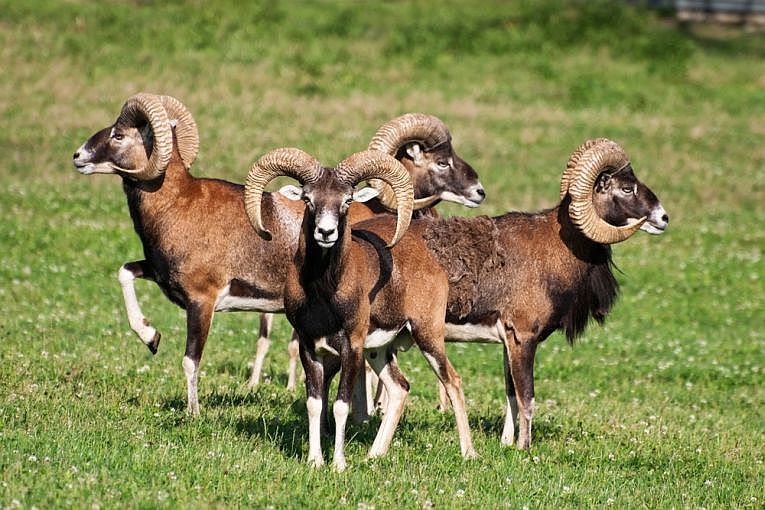Mouflon rams in defensive mode; Credit: © Shutterstock
Wild sheep are almost as difficult to classify as domestic animals, which have complicated admixtures of various species. The mix in the mouflon is more complex still, as it is one of the ancestors of the domestic sheep Ovis aries.
The wild Ovis orientalis varieties still inhabit Eurasian habitats from which they were domesticated thousands of years ago. em> This animal has now been found as far south as the Late Pleistocene (9,500 -14,500 years ago) sites such as those of the Middle Eastern Natufians in Jordan. These people were hunter/gatherers who showed early signs of cultivating wild grasses. In Iran hybrids between wild sheep species have been found, showing up the distribution of these animals around the Fertile Crescent.
Goats such as bezoar,Expansion of the known distribution of Asiatic mouflon (Ovis orientalis) in the Late Pleistocene of the Southern Levant.
The Royal Society journal, Open Science, publish it today.
These food resources for early peoples of the area give us important information on diet but also reveal just how many could have been domesticated for the first time. Domestic dogs were already discovered here. Several other animals became domesticated when agriculture became less of a hobby and more a successful accumulation of useful plants and animals. The authors claim that this Black Desert environment was a marginal area where resourceful humans could exploit many different animals and possibly plants. We want to know more on local species such as donkey, wolf, and goats as well as sheep, but the genome research will help a lot, as in Sheep genomes.










